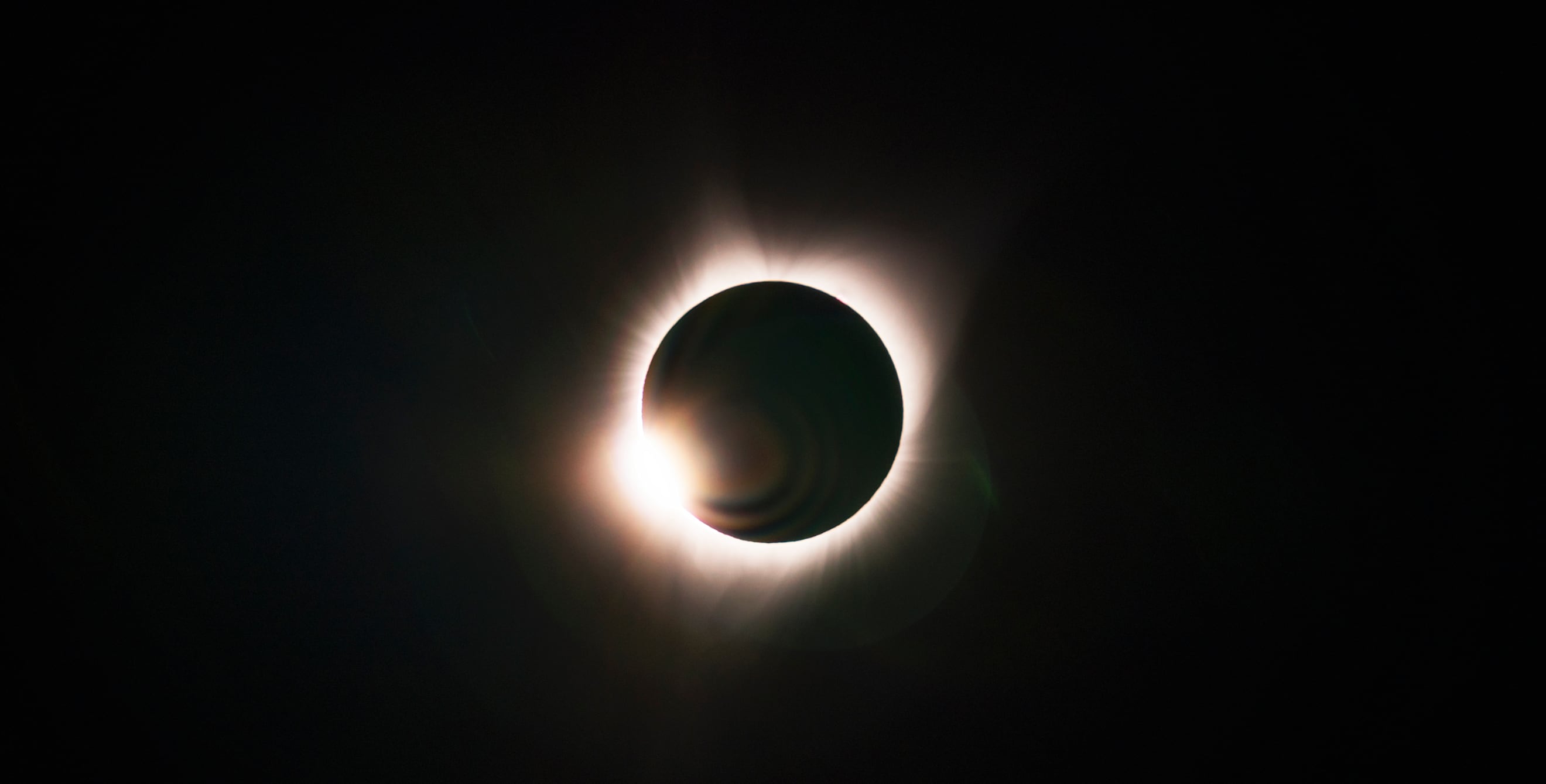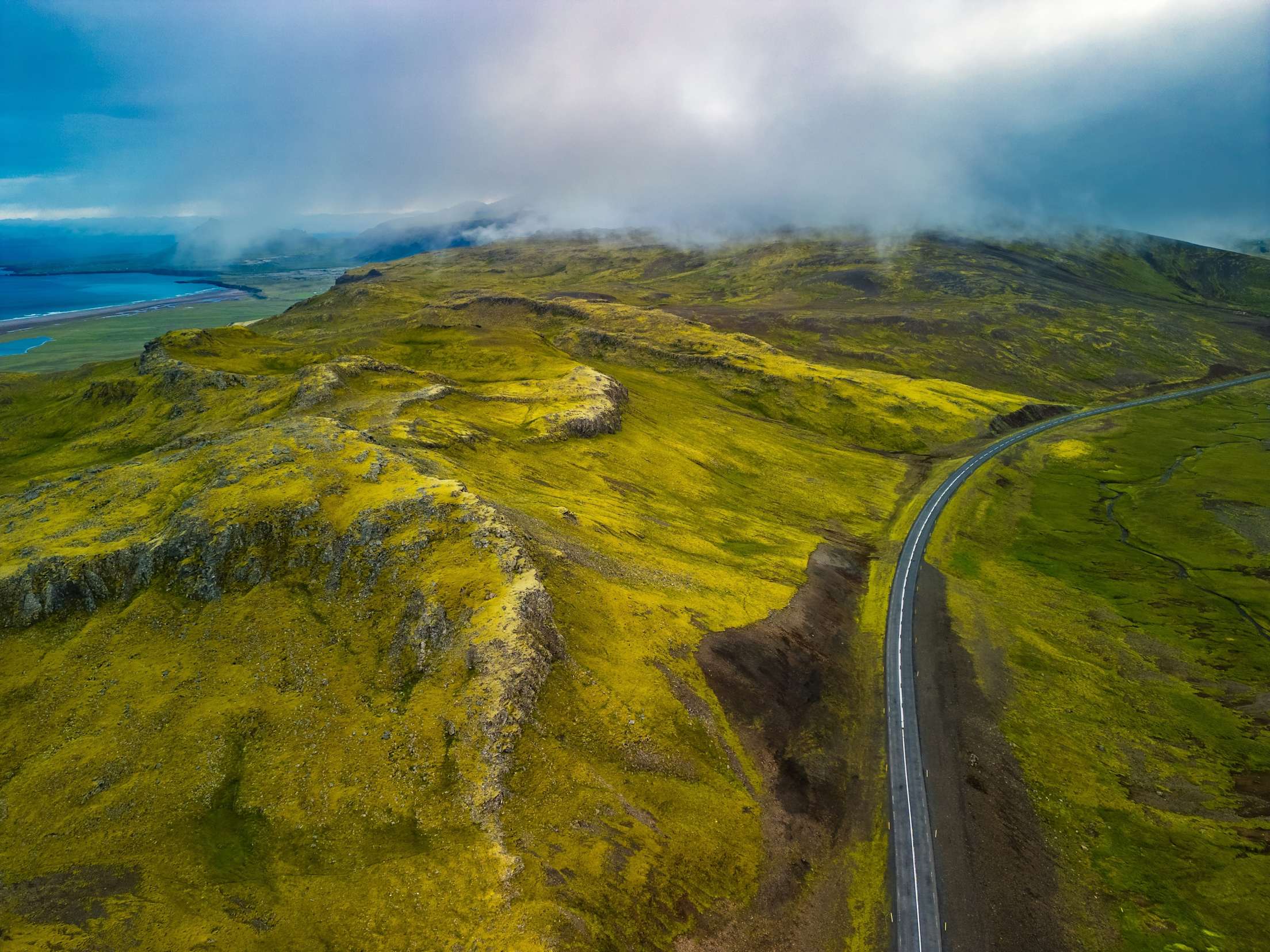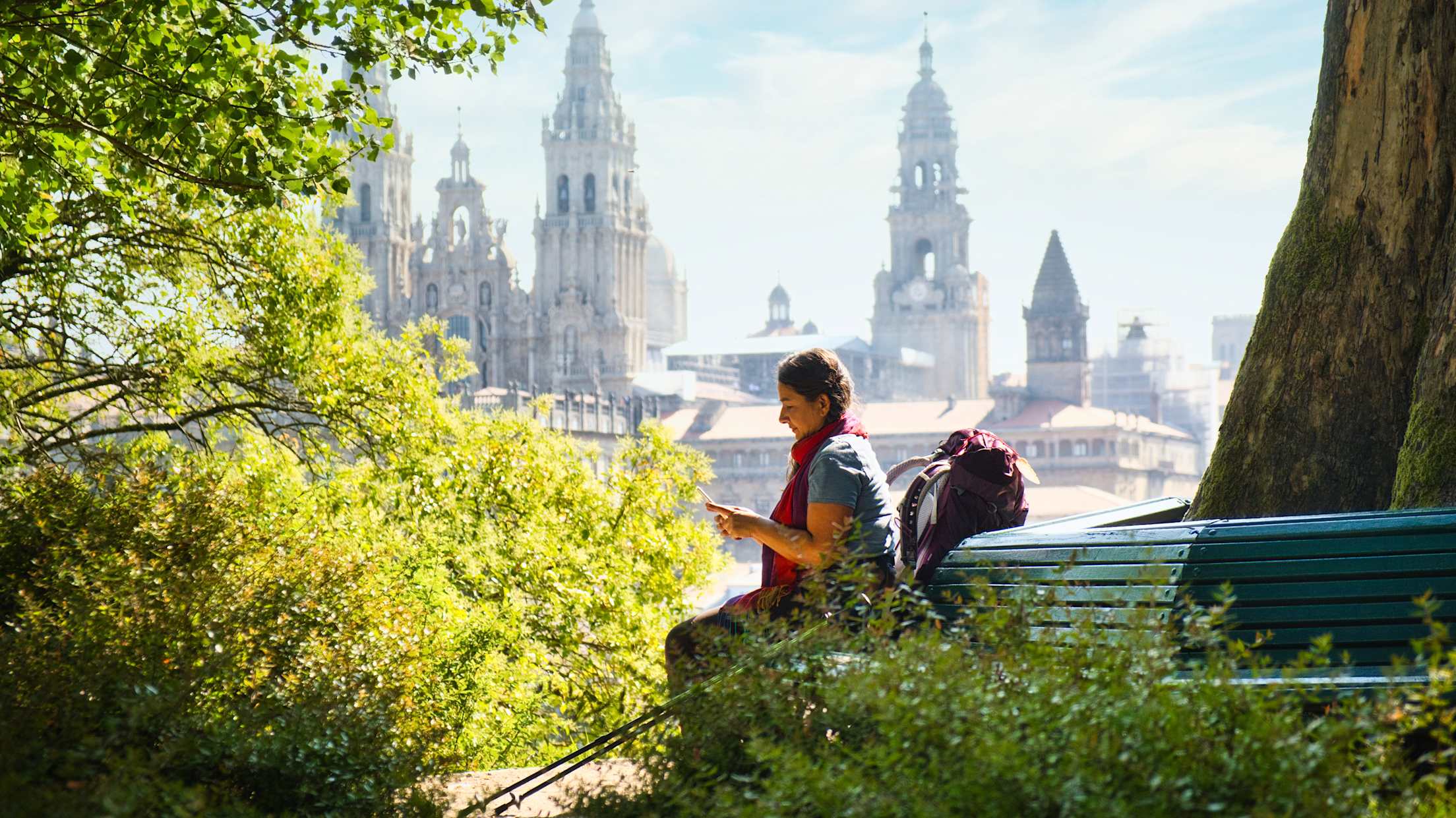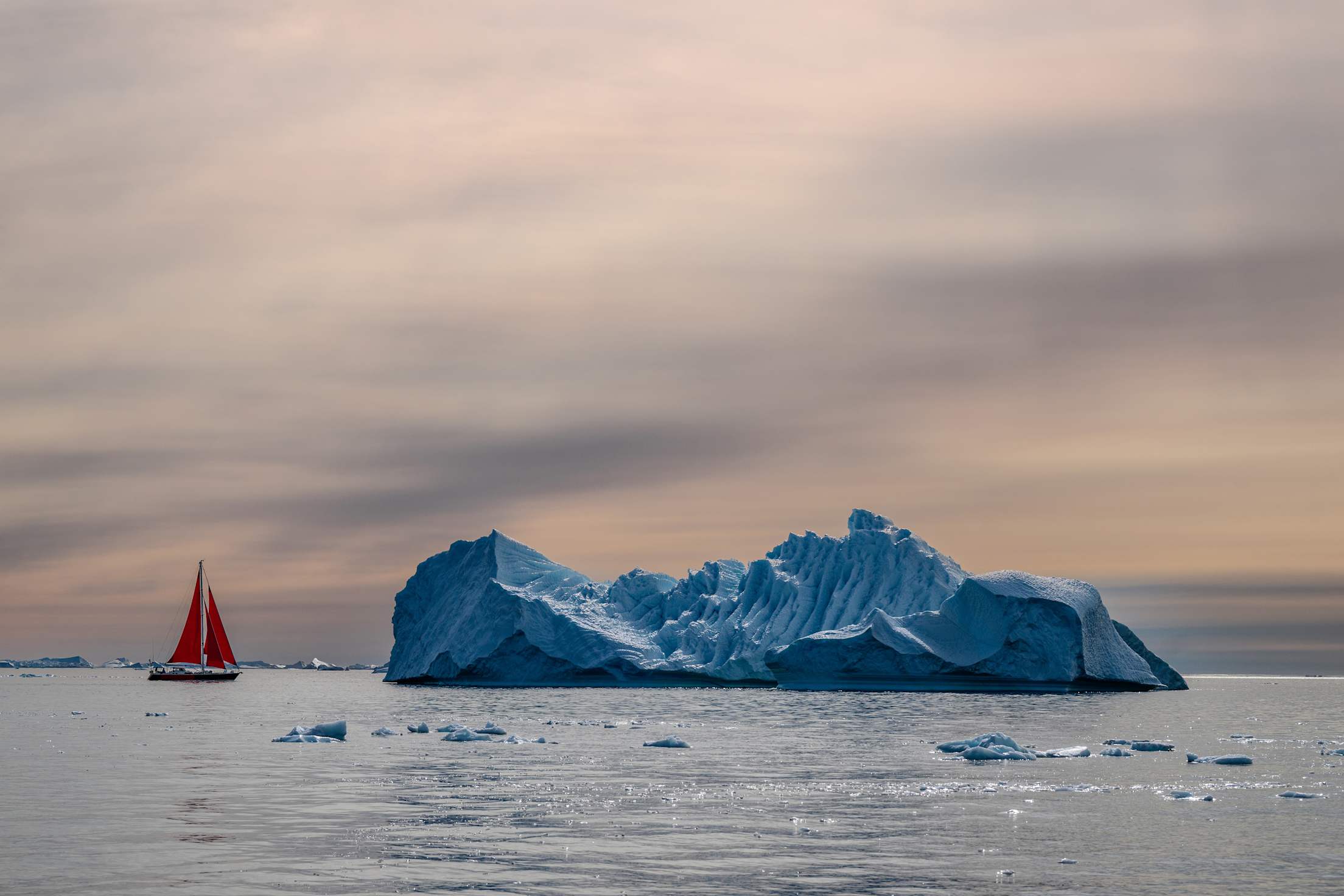
Where to See the Total Eclipse in 2026
It’s time to plan your celestial adventure to the Arctic, the Atlantic, or the Mediterranean.

On Aug. 12, 2026, a solar eclipse will sweep over parts of Europe, and the path of totality—the string of locations where you can watch the moon completely obscure the sun—is taking an unusual trajectory. It will begin in the icy fjords of Greenland, then traverse the volcanic and geothermal hotspots of Iceland. Next, it will curve over the cruise ship-dotted Atlantic before arcing across the vibrant cities of northern Spain and sinking behind the ocean by the party-loving Balearic Islands.
With this motley mix of locales to choose from, eclipse-seekers (also known as “umbraphiles”) have to weigh several factors. What’s more important, crowd avoidance or cloud avoidance? Outdoorsy escapes or cultural treasures? Convenience and cost-savings, or a once-in-a-lifetime splurge? The worthy destinations below will help you plan an unforgettable trip, by land or sea.

Iceland
If your goal is to marvel at the dynamic forces that shape our solar system, you can hardly do better than the “land of fire and ice.” The path of totality will pass over the country’s far west, including Reykjavik. In this cosmopolitan capital, you can walk or bus to the top of Öskjuhlíð hill, near the Perlan natural history museum, or to the Grótta lighthouse to glimpse the eclipse. However, totality (100% blockage of the sun) will last only about a minute in Reykjavik. To lengthen your time in totality while immersing yourself in wilderness, head farther west to one of three peninsulas.
At the Reykjanes Peninsula, less than an hour’s drive from Reykjavik, bask in totality for one minute and 36 seconds while soaking in the steamy, 100-degree waters of the Blue Lagoon. Alternatively, gaze in awe at the dramatic eclipse over the ocean near Reykjanesviti, the oldest lighthouse in Iceland, or at one of two other historic lighthouses in Garður. Near the Blue Lagoon, volcanoes have erupted several times in recent years. So, on a guided hike or helicopter tour, you could feel the rush of adrenaline as lava bursts out of the black rock.
The Snæfellsnes Peninsula, about two hours from Reykjavik, could offer an ideal balance of seclusion and convenience. Totality will last just over two minutes in this region, which is sometimes called “miniature Iceland” for the way it encapsulates the island’s most iconic geologic features. Ramble around Mount Kirkjufell, a grassy, steeple-shaped peak ringed by a river and waterfalls plunging into the sea. Weave through Snæfellsjökull National Park for breathtaking views of its namesake volcano and glacier. Gaze at the eclipse from the rocky headlands near the coastal villages of Hellissandur and Rif. Or head to Djúpalónssandur, where the darkened sun and flaming corona will cast a mystical glow over the black sand beach.
For a more remote experience, venture into the Westfjords, around a six-hour drive from Reykjavik. Perched on the sea cliffs at Látrabjarg, you can share an enchanting two minutes and 13 seconds of totality with millions of puffins, razorbills, and other sea birds. Umbraphiles who choose Iceland will play roulette with the clouds, however. Though August temperatures refreshingly range from the 40s to the 60s, your chances of clear skies hover around 30% to 40%. On the other hand, you’re absolutely guaranteed to thrill at some of the planet’s most exhilarating landscapes.

Spain
Bucket-listers, take note: The path of totality swoops over parts of the Camino de Santiago, so you could witness a solar eclipse and hike one of the world’s most famous pilgrimage trails in one trip. Even if long-distance treks aren’t your bag, cities along the trail could make ideal hubs for eclipse-viewing and exploring northern Spain.
While this sunny country offers your best bet for clear skies, eclipse-seekers must be savvy. Totality will occur in Spain at almost 8:30 p.m., when the sun is very low on the horizon, so choose a viewpoint unimpeded by buildings, trees, and hills. Umbraphiles are setting their sights on the central plains, where your chances of sunshine can top 70%. In addition, recent years have brought protests in Spain against overtourism, particularly in the Balearic Islands. Basing yourself in a lesser-known locale—such as Burgos, Valladolid, or Zaragoza—may improve your chances of a pleasant experience.
In Burgos, a walkable medieval city on the Camino de Santiago, stroll the shady riverside promenade, ogle the UNESCO World Heritage-listed Gothic cathedral, and learn about local fossil finds at the Museum of Human Evolution. Then stake out an eclipse-viewing spot by the hilltop castle on the Mirador del Castillo observation deck to savor one minute and 43 seconds of totality. In elegant Valladolid, perambulate past peacocks in the Campo Grande park. Pop into the former home of Miguel de Cervantes, author of Don Quixote. Visit the Renaissance-era Palacio de Santa Cruz, which houses an African art museum. Sip and swirl in the wine region between Valladolid and Burgos. Scout out an eclipse viewpoint on the cliffs above the Pisuerga River near Mirador de San Martín de Valvení, just outside Valladolid.
Zaragoza, Spain’s fifth-largest city, typically flies under the radar. But it’s likely to draw eclipse-chasers for its cultural cornucopia, thriving tapas scene, and abundant sunshine. Meander the labyrinthine old town to tour the ancient Roman baths and theater. "Ooh" and "aah" at the frescoes by Francisco Goya in the baroque Basilica of Our Lady of the Pillar, and at the ornate tapestries in the Cathedral of the Savior of Zaragoza. Peruse macabre paintings at the Goya Museum (currently closed during an expansion, but set to reopen in 2026), avant-garde sculptures at the Pablo Gargallo Museum, and abstract art from Pablo Serrano at the Aragonese Institute of Contemporary Art and Culture. To catch one minute and 24 seconds of totality, secure a spot with a clear view west, perhaps on one of the stone bridges spanning the Ebro River.

Cruises
Greenland is becoming more convenient for U.S. travelers, thanks to the opening of three new airports by 2026. Unfortunately for umbraphiles, they’re all on the western side of the island, while the eclipse will slice across the almost totally inaccessible east. As a result, your best option for bathing in the moonshadow amid an otherworldly icescape is to take a cruise. HX Expeditions is hosting an eclipse odyssey to Svalbard, Greenland, and Iceland. The 16-day trip features excursions to spy reindeer and polar bears, plus a chance to bask in the eclipse’s ethereal glow amid the icebergs of the world’s largest fjord system. But such an exclusive expedition costs a pretty penny. Luckily, there are several more affordable options.
Holland America is hosting 28-day and 35-day cruises around northern Europe, with eclipse-gazing between Greenland and Iceland. Celebrity Cruises will sail around Iceland for eclipse-spotting at sea, plus side trips for dips in hot springs, rafting a glacial river, and snorkeling between tectonic plates. Seabourn is guiding a Western Ireland and eclipse voyage. Cunard will navigate the Norwegian fjords and cross the North Sea, reaching Iceland in time for the eclipse. Meanwhile, Celebrity Cruises, Holland America, Royal Caribbean, Cunard, and Seabourn all offer eclipse-viewing voyages to Spain.
Get more out of your vacation: Book through AAA Travel for exclusive Member benefits.